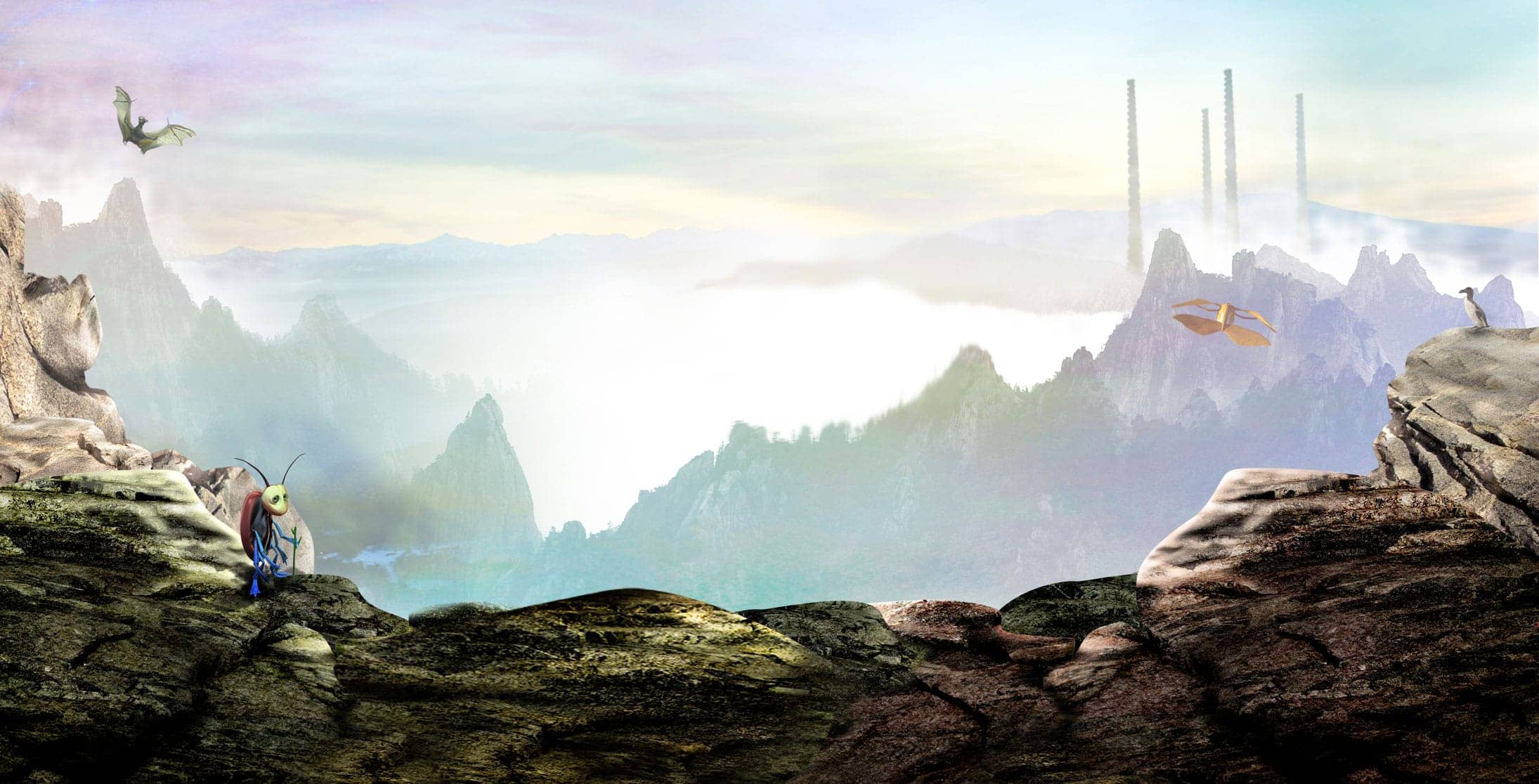Reindeer hold creature secrets that are of great interest to scientists. By studying different aspects of reindeer biology, scientists aim to uncover valuable information that could enhance human health. Discoveries that offer solutions to a range of medical challenges, from cancer treatments to bone health, and even prosthetics.
As you may already know, we champion biomimicry on our website. We are fascinated by how learning from nature’s genius can solve human problems. Our ‘Creature Secrets’ database is constantly growing, and reindeer are a prime example of nature’s brilliance in action.
How are reindeer inspiring medical advancements?
Insomnia Insights:
Reindeer, like humans, have a biological clock that regulates their sleep patterns. Their internal clock adjusts to the cycles of light and darkness. In the Arctic, where reindeer live, there are extreme changes in daylight throughout the year.
Scientists are studying the genes of reindeer to understand how they can override their natural sleep patterns. This could provide insights into human insomnia, a condition where people have difficulty sleeping. So, by comparing the genes related to sleep in reindeer and humans, scientists hope to find ways to help people who struggle with sleeplessness.
Antler Regeneration:
Antlers are the bony structures that grow on the heads of male and female reindeer. What makes reindeer special is that they can completely grow back their antlers every year.
Researchers are interested in understanding how they make antler regeneration possible because this knowledge could be applied to help humans regenerate tissues in their bodies. For example, it might be useful for developing treatments for bone diseases like osteoporosis or even helping people recover from injuries more effectively.
The clever way reindeer antlers attach to their skulls has also inspired the design of new prosthetics for amputees.
Cancer prevention and biomimicry:
Despite having the ability to grow large antlers, reindeer are actually five times less likely to get cancer than other mammals! They’ve evolved powerful mechanisms to shut down cancer pathways. A recent study revealed a surprising link between the genes activated when antlers grow and those involved in cancer cell growth. This suggests to scientists that reindeer have evolved efficient ways to suppress the growth of tumours.
So, if scientists can understand how reindeer prevent cancer, they might discover new ways to prevent or treat cancer in people.
Vitamin D Boost:
Reindeer live in environments where there is limited sunlight for a significant part of the year. Vitamin D, important for calcium absorption and strong bones, is usually produced in the skin in response to sunlight. Living in the Arctic with limited sunlight presents challenges for calcium absorption, and this is crucial for antler growth.
So, reindeer have an efficient system for producing vitamin D. Understanding this mechanism could help scientists develop better ways for humans to absorb calcium and maintain strong bones, especially in situations where sunlight exposure is limited.
Studying this creature’s secret could lead to treatments for bone diseases like osteoporosis or even bone cancer.
Biomimicry:
Exploring the wonders of nature, such as the incredible reindeer, opens doors to innovation and potential breakthroughs in science. The lessons we learn through biomimicry are a testament to the marvels of our world.
Losing animals, plants, and habitats to extinction doesn’t just mean depriving the earth of interesting or beautiful things. We are, without question, losing important answers and amazing natural secrets that could offer solutions to the challenges we now face.
In Rockford’s Rock Opera’s award-winning audiobooks, we present a hopeful view that, despite all the wrongs humans have done to the Earth, a new enlightened age is dawning, and it has biomimicry at its heart.
Download the first audiobook, ‘Lost on Infinity’.
You can download our FREE biomimicry lesson plans and slides (KS2)
Don’t forget to follow us on social media for the latest news and offers (@RockfordsRockOpera)

